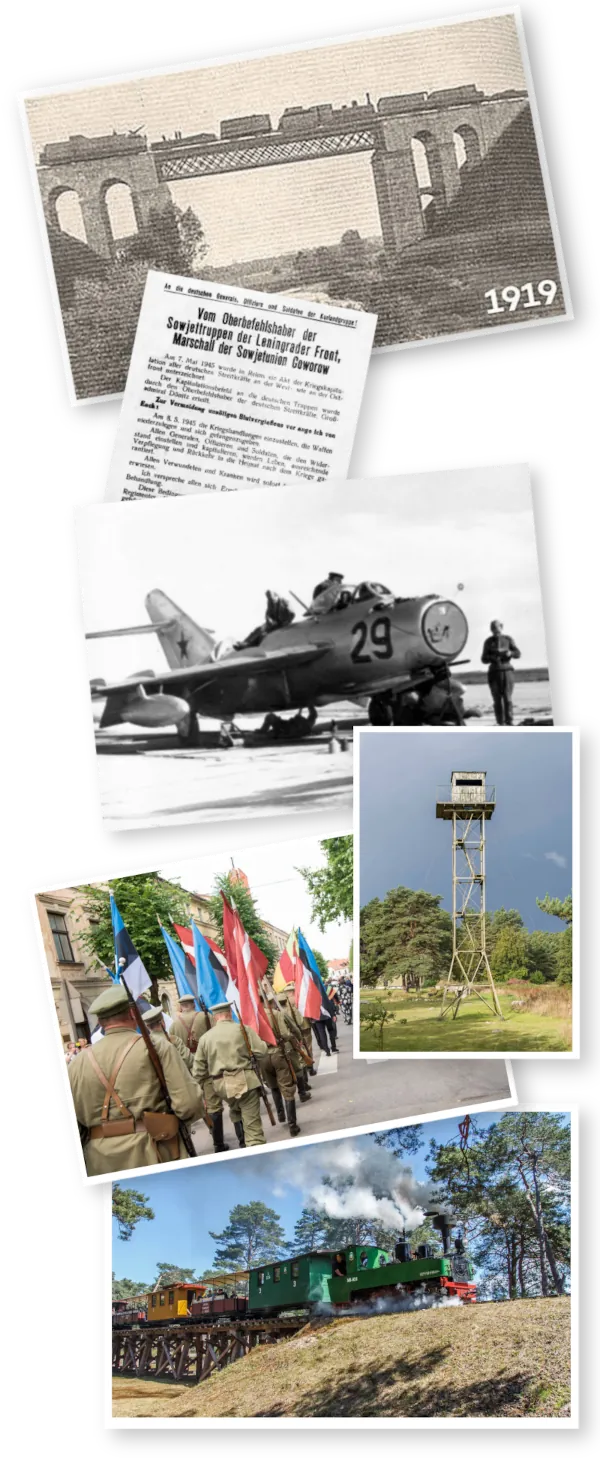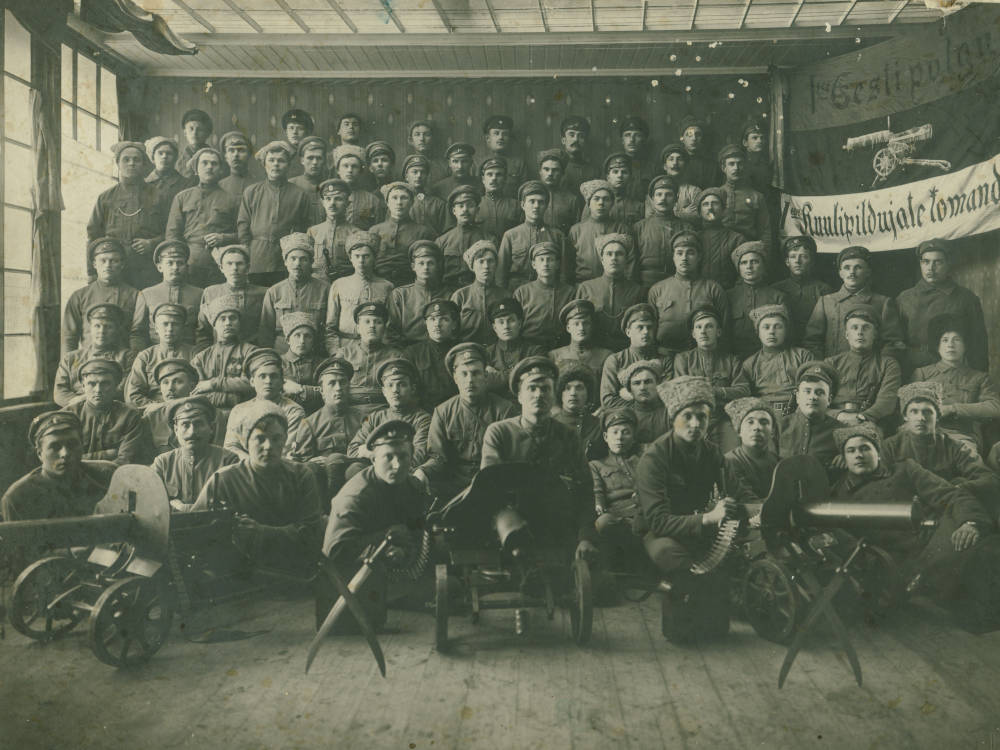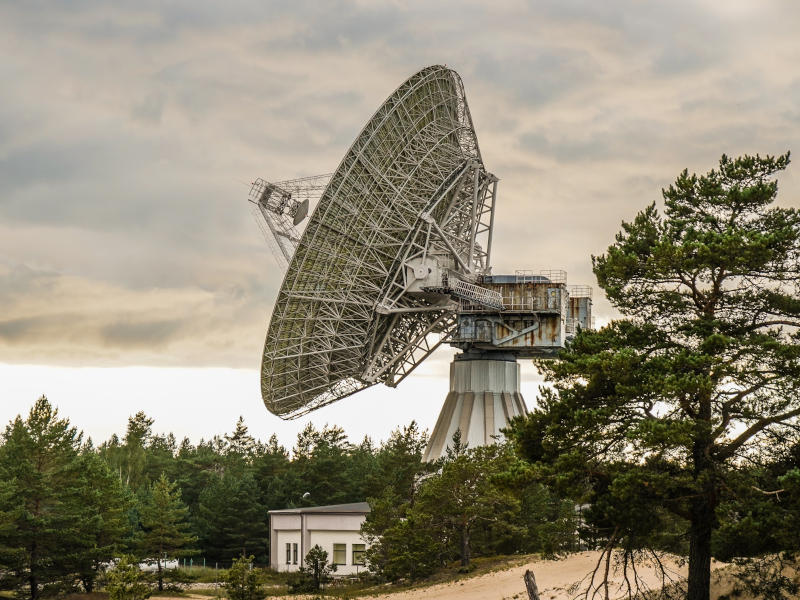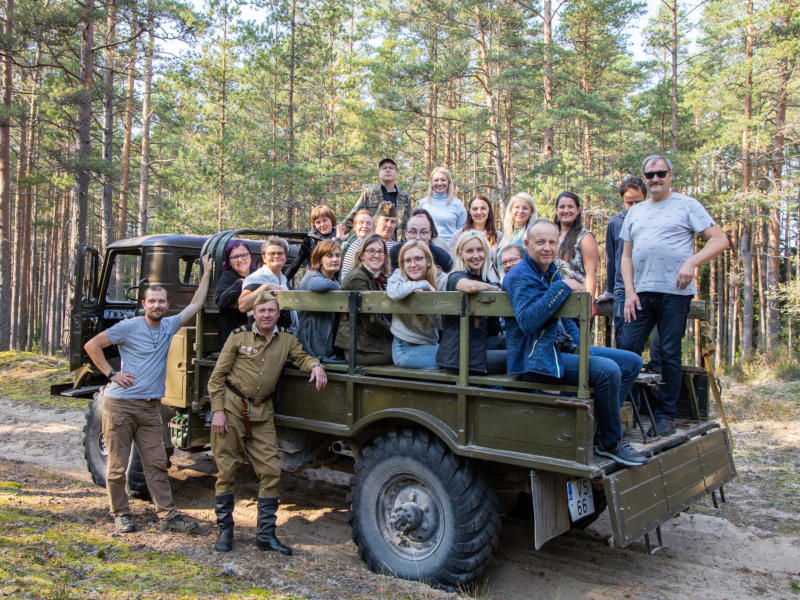Reisides Eestis, Lätis ja Leedus on võimalus külastada sõjaajalooga seotud paiku ja objekte, mis räägivad kõigi kolme riigi ajaloost alates I maailmasõja algusest 1914.a, iseseisvumisest 1918 ja vabadussõdadest, nõukogude okupatsioonist ja vastupanuliikumisest taasisesesivumiseni aastal 1991. Selliste paikade ja objektide hulka kuuluvad muuseumid, kindlusrajatised, sõjatehnika väljapanekud, matkarajad, metsavendade punkrite rekonstruktsioonid, lahinguväljad, sõjaväelinnakud ja mälestuspaigad.
Sõjaajaloo pärandiga seotud objektide kohta on koostatud kirjeldused, samuti nendega seotud mälestused ja lood, ajaloolised ning tänapäevased fotod, turismiteenused ja reisimarsruutide soovitused. Samuti leiate siin teavet huvitavate, kuid samas vähetuntud paikade kohta, mis on mänginud Eesti, Läti ja Leedu militaarajaloos olulist rolli.

Facebook news feed

Project LL-00052 “Extending the Baltic military heritage tourism product in Lithuania and South Latvia" (Military Heritage II) is being implemented with the support of the European Union Interreg VI-A Latvia–Lithuania Programme 2021- 2027. This website has been produced with the financial support of the European Union. Its contents are the sole responsibility of project partners and do not necessarily reflect the views of the European Union.
Projekt EE-LV00094 “Läti-Eesti sõjalise pärandi turismitoote parem juurdepääsetavus” (MIL-HER ACCESSIBLE) viiakse ellu aastaringselt 2010. aastal. Euroopa Liidu Interreg VI-A Eesti–Läti programm 2021-2027. See veebisait kajastab autori seisukohti. Programmi korraldusasutus ei vastuta selle teabe kasutamise eest.




























